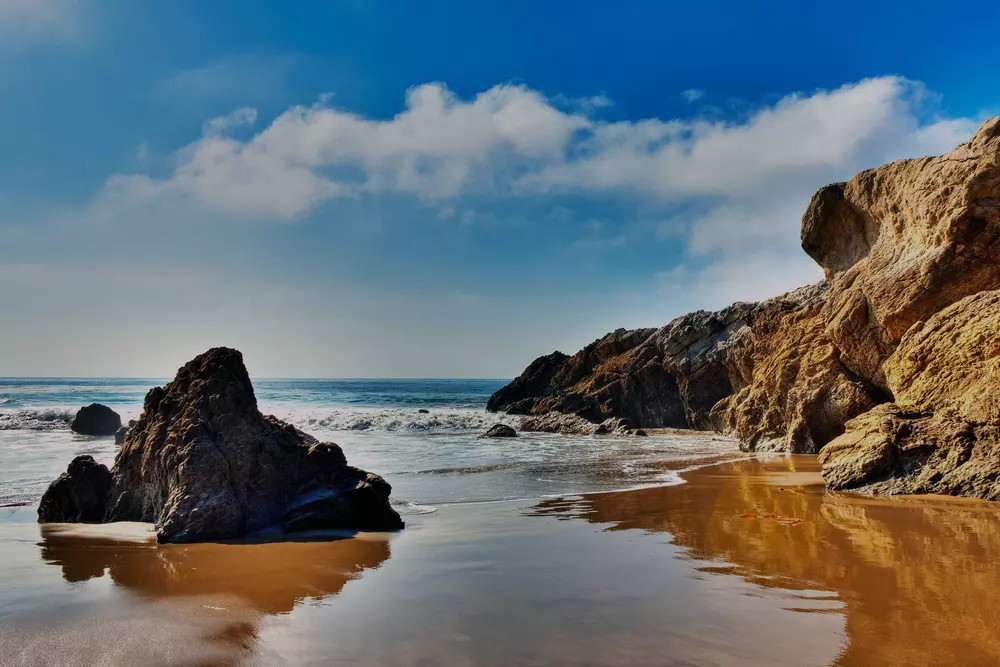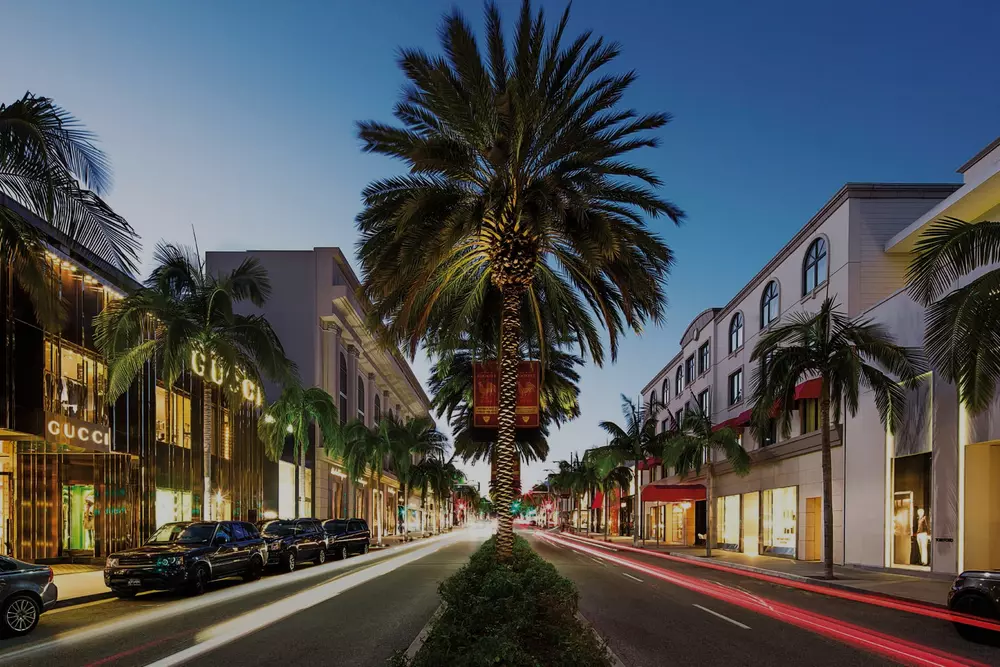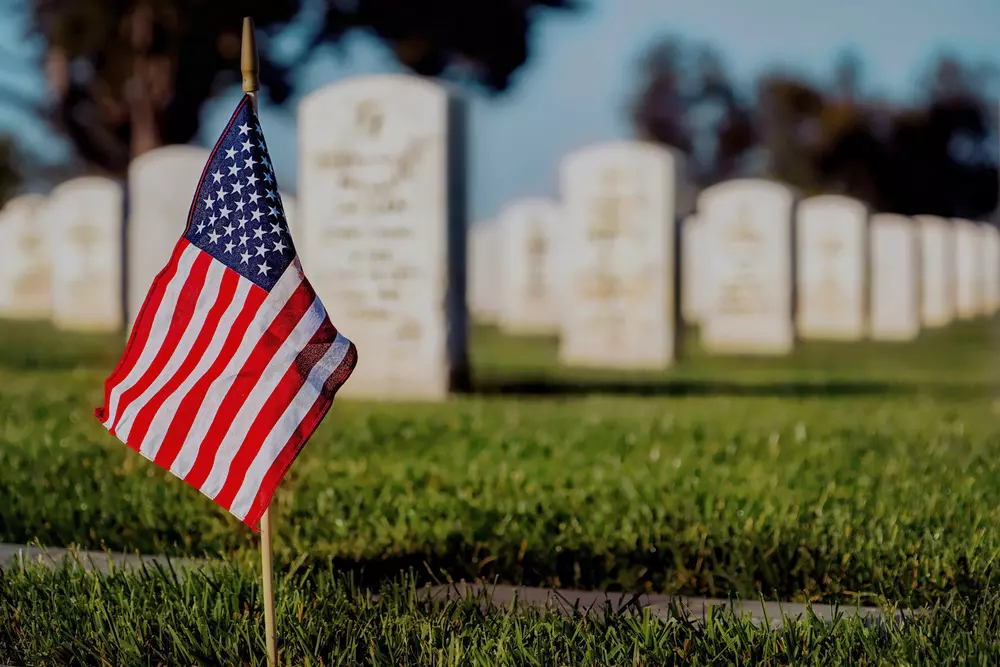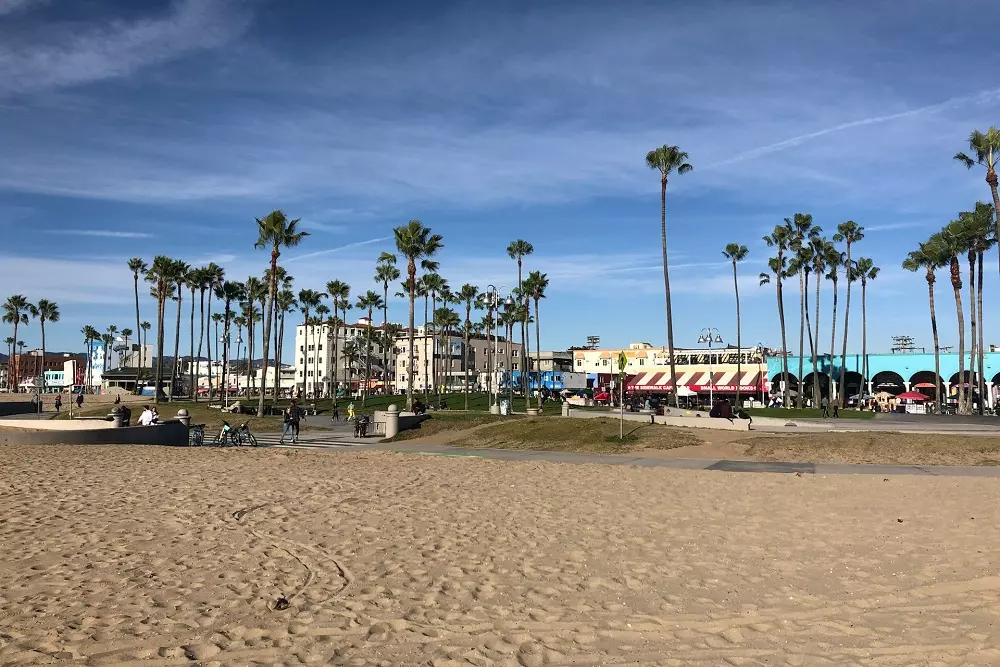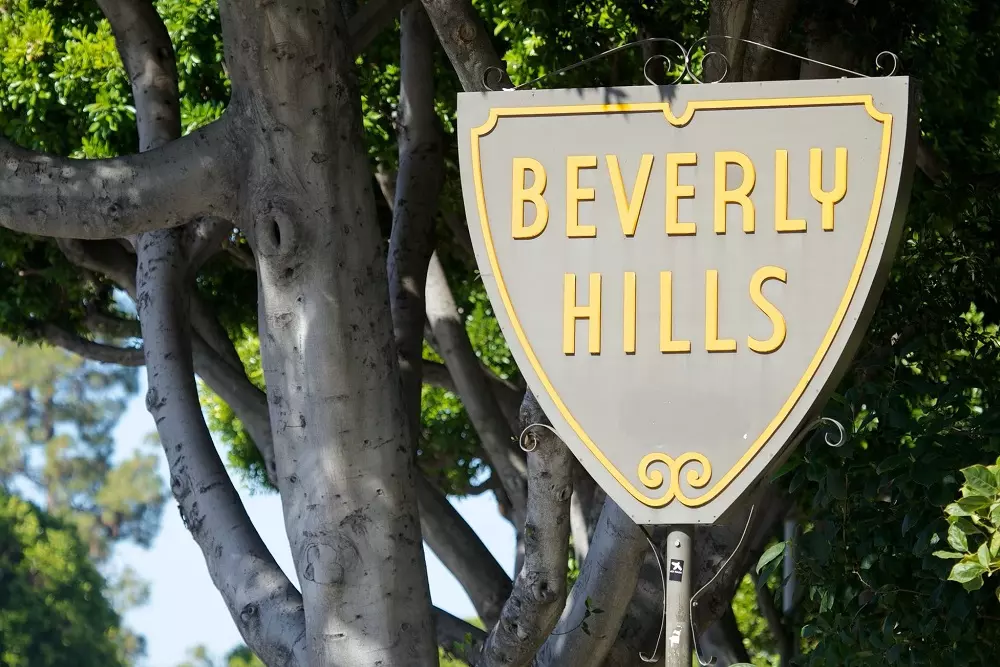Exploring Iconic Sights in the City of Angels
Los Angeles, a sprawling metropolis, boasts everything from Hollywood glamour to world-class beaches and gastronomy. While it's challenging to explore all the city offers in one trip, our city tour covers the must-see attractions.
Film enthusiasts will appreciate vintage Hollywood, featuring the TCL Chinese Theatre and the Hollywood Walk of Fame, and Paramount Pictures Studios, the only remaining film and TV studio in Hollywood.
Today, the City of Angels is a culturally diverse city with a burgeoning culinary scene, incredible shopping, outstanding museums, and a reputation as America's creative hub. A visit to Los Angeles is incomplete without exploring Hollywood, the Getty Museum, and the ethnic enclaves. Today, you'll discover much new as we explore Los Angeles and delve into lessons of history and culture.
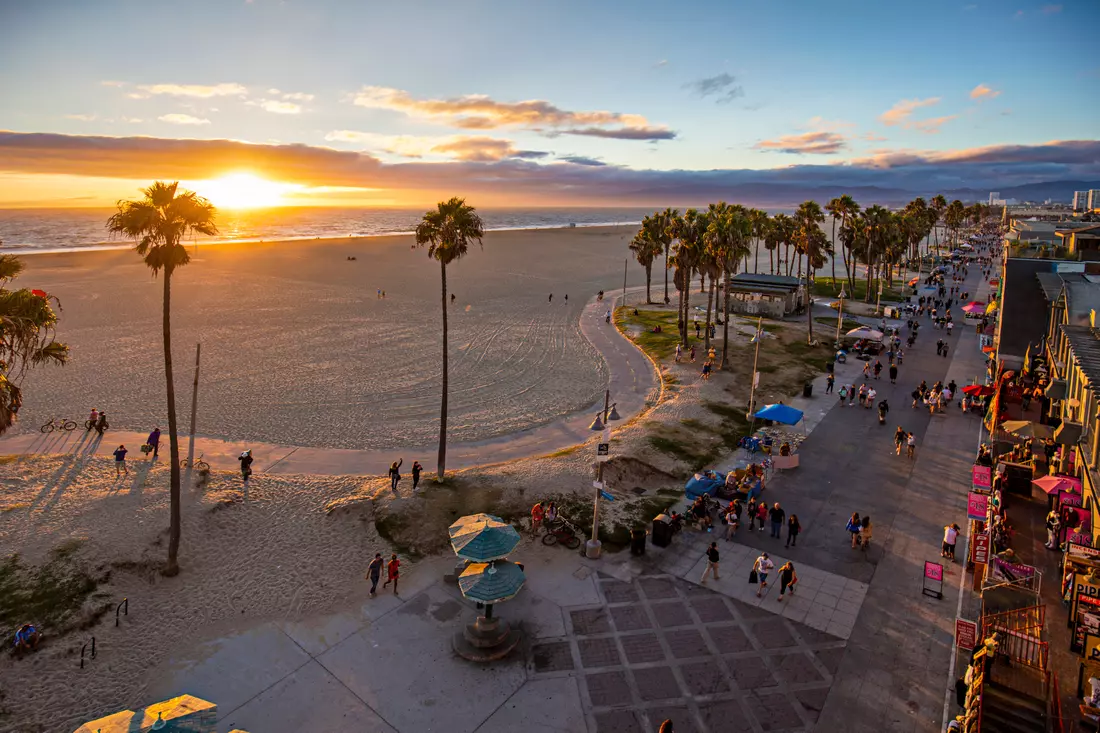
Main attractions
Main attractions
The History of Los Angeles: From Pioneer Settlement to the City of Dreams
Founded officially in 1781, Los Angeles was initially named El Pueblo de Nuestra Senora la Reina de Los Angeles de Porciuncula, translating to "The Village of Our Lady, the Queen of the Angels of Porciuncula." Initially, only a few Mexican families lived here. By 1800, the population had grown to 315 people. In 1847, during the Mexican-American War, Los Angeles was captured by American forces.
The 1848 Gold Rush led to a surge in American settlement in Los Angeles and its surroundings, increasing the population to 5614 by 1870. Despite devastating floods in 1861-1862 followed by two years of drought, the city managed to recover and continued to grow.
The late 19th century saw a wave of migration to Southern California, particularly Los Angeles, where the mild climate was considered healing. The first tramway started in 1874, and by the end of the century, the city was connected by railroad to San Francisco. The discovery of oil in 1892 spurred further growth, turning it into a city of over 100,000 inhabitants by 1900.
In the early 1900s, as the film industry was still concentrated in the Northeast, the search for new, sunny, and picturesque filming locations led filmmakers to Los Angeles. In 1914, director Cecil B. DeMille shot the first full-length film made in Los Angeles, paving the way for the rest of the film business to follow.
Los Angeles is known not only as a global cinematic capital but also as a region prone to earthquakes. The city's history includes numerous powerful seismic events, including the 1933 Long Beach earthquake with a magnitude of 6.3 and the 1994 Northridge earthquake with a magnitude of 6.7. Despite this, Los Angeles has always recovered and continued to develop, becoming one of the largest and most diverse cities in the world.
In the 21st century, Los Angeles continues to thrive. The city hosted the Summer Olympics in 2015. By 2017, the population had reached 4 million people.

Discovering the Highlights of Los Angeles
Santa Monica Pier
Undoubtedly, the Santa Monica Pier, over a century old, stands as one of the city's most iconic landmarks. Home to the Pacific Park amusement park, the pier is famed for its Ferris wheel, roller coaster, and a 1920s carousel. Though open year-round, the pier truly comes alive in the summer with concerts, movie screenings, and other events, many of which are free to the public.
For some physical activity, take a ride along the 26-mile bike path or stroll the boardwalk to see street performers, shop, and people-watch. Getting to Santa Monica has become much easier since the opening of the new Expo metro line, connecting downtown Los Angeles to Santa Monica.
Hollywood Sign
Originally erected in 1923 as a temporary real estate advertisement intended to last only a year and a half, the Hollywood sign has mistakenly become a nearly century-old city symbol.
You can catch a glimpse of the sign from Beachwood Drive or hike up to the hill near Lake Hollywood Park for a closer view. For an even closer look, take a horseback ride at Sunset Ranch, where you'll stand directly above the Hollywood sign and enjoy a full panorama of the cityscape.
Hollywood Walk of Fame
In 1953, the president of the Hollywood Chamber of Commerce, E.M. Stuart, proposed a sidewalk to immortalize celebrities — the Hollywood Walk of Fame. By 1961, after heated debates over which celebrities should receive a star, construction was completed. Initially, there were 1558 stars; today, there are over 2600, with the number growing annually.
Along the route, guests will encounter the historic Roosevelt Hotel and the legendary TCL Chinese Theatre, host to numerous famed movie premieres and Oscar ceremonies. Pause at Sunset Boulevard and Bronson Avenue for a stunning view of the sign. These streets are crowded with tourists and street performers vying for attention.
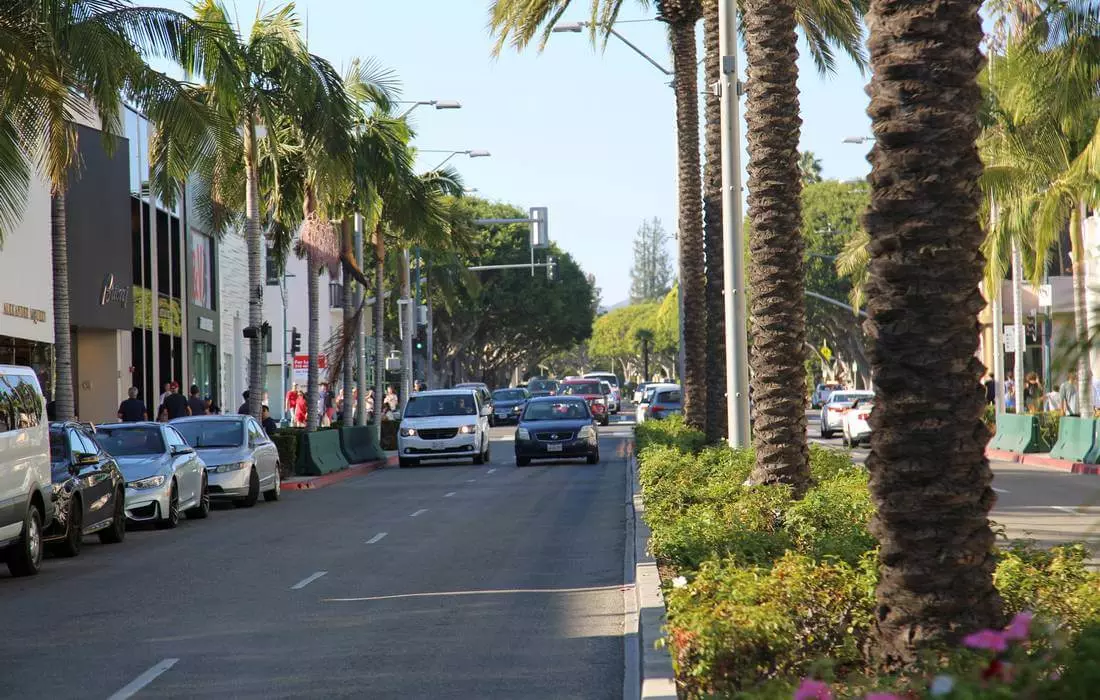
Rodeo Drive
Rodeo Drive is synonymous with luxury and wealth. Though the Beverly Hills street spans three miles, tourists typically flock to a much shorter section bounded by Wilshire Boulevard to the south and Santa Monica Boulevard to the north.
High-end stores like Louis Vuitton, Versace, and Dior are staples of the street. Visitors might also want to stop by the Beverly Wilshire Hotel, featured in the movie "Pretty Woman."
National Cemetery
Founded in May 1889 following the death of Abner Prater, a Civil War veteran of the Fourth Indiana Infantry, in the adjacent National Home for Disabled Volunteer Soldiers, the cemetery has since interred over 85,000 veterans and their family members, including fourteen Medal of Honor recipients.
About half of the plots are marked with marble headstones, with the rest featuring markers laid flat in the ground. Some 19th-century burials are preserved in the cemetery's oldest part.
Malibu Beach
Zuma Beach in Malibu is a popular spot during weekends and holidays for locals and beachgoers alike. Surfers can catch waves at this sandy beach, and fitness enthusiasts can work out at Muscle Beach, Arnold Schwarzenegger's old gym.
If you have time for a leisurely midday meal in Malibu, head to a family vineyard for a tasting and purchase one of their surprisingly good bottles to enjoy at picnic tables with a vegetarian burger.
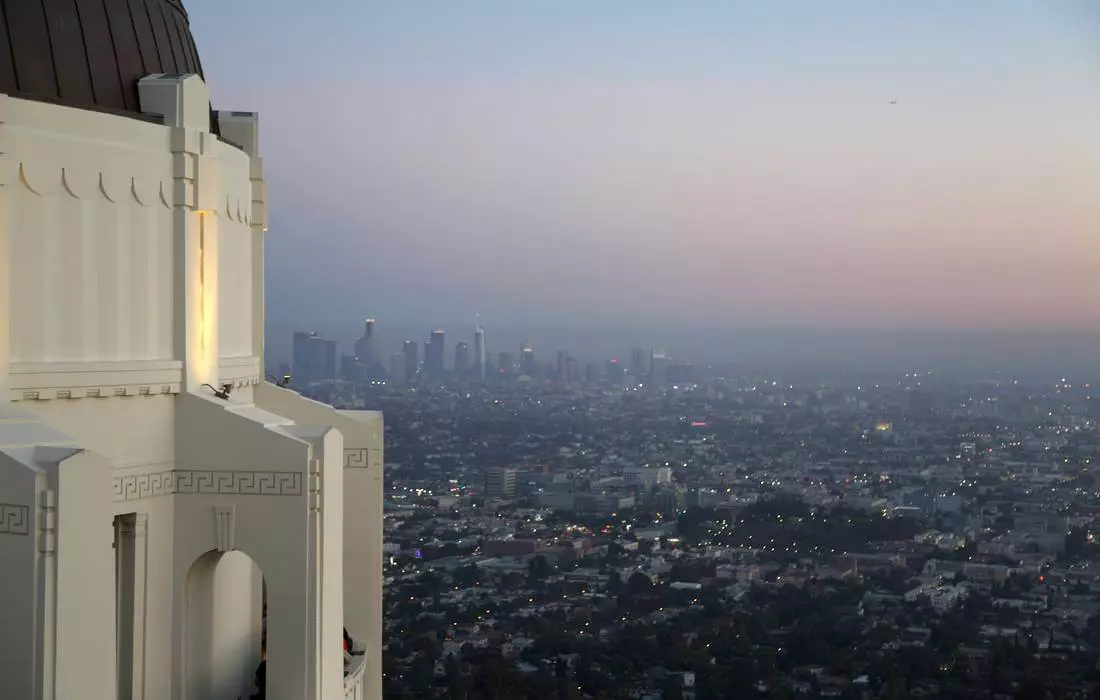
Fascinating Facts About Los Angeles
- Los Angeles boasts 7 intriguing nicknames: City of Angels, Angeltown, La-La Land, Tinseltown, The Big Orange, City of Flowers and Sunshine, and, of course, LA.
- When the Hollywood sign was first erected in 1923, it originally read "Hollywoodland." It served as an advertisement for a real estate development. Over time, the landmark suffered damage and underwent restoration.
- Ever wondered why Hollywood became the entertainment industry and celebrity hub? Thank Thomas Edison! In the early 1900s, Edison and his company held most film production patents in New Jersey. Thus, filmmakers started moving west to avoid Edison's patents. This reason, coupled with the favorable warm and sunny weather, quickly made Hollywood the capital of the film industry.
- Los Angeles is so diverse that it's home to people from more than 140 countries, speaking 200 different languages! If you want to explore the various cultures the city encompasses, visit its ethnic districts: Chinatown, Koreatown, Little Tokyo, Little Ethiopia, Historic Filipinotown, Thai Town, Little Armenia, and more.
- Since Los Angeles and San Francisco are on opposite sides of the San Andreas Fault, these two cities are moving closer by 2.5 inches every year! In about 10 million years, the cities will be right next to each other, eliminating the need for an 8-hour drive!















